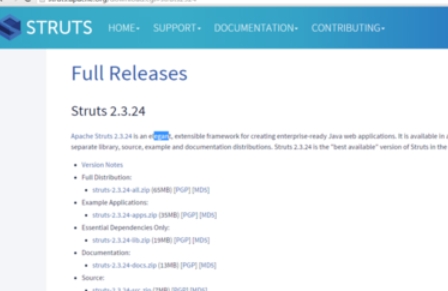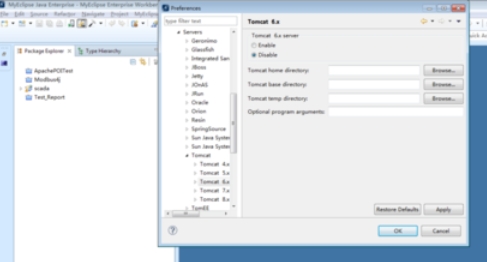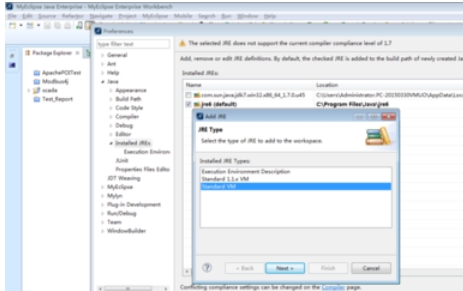Struts2 Highlights
Action implementation
Struts1: Action must extend from the Action class and has a high degree of coupling.
Struts2: Action can be an ordinary POJO (Plain Old Java Object) without inheriting any framework class, which reduces coupling.
Threading model
Struts1: Action is a single instance, multiple requests share the same instance, and there are thread safety issues.
Struts2: Each request creates a new Action instance, avoiding thread safety issues.
Servlet API dependencies
Struts1: Action relies on Servlet API (such as HttpServletRequest and HttpServletResponse), making the code difficult to test.
Struts2: Action does not depend on Servlet API, supports TDD (Test-Driven Development), and facilitates unit testing.

Struts2 features
Request parameter encapsulation
Struts1: Force the use of ActionForm objects to encapsulate request parameters.
Struts2: You can directly use the properties of POJO classes or Actions to encapsulate parameters, which is more flexible.
expression language
Struts1: Integrated EL (Expression Language), but has weak support for collections and indexes.
Struts2: Integrate OGNL (Object Graph Navigation Language) to support complex object graph navigation and property access.
View technology
Struts1: Use standard JSP as the view technology.
Struts2: Use ValueStack technology to support more flexible view data interaction.

Struts2 features
type conversion
Struts1: The properties of ActionForm are usually of type String and need to be converted manually.
Struts2: Use OGNL to automatically perform type conversion and support more complex types (such as dates, collections, etc.).
Validation framework
Struts1: Support overriding the validate method or using the Validator framework.
Struts2: Supports overriding the validate method or using XWork's validation framework, making the configuration more flexible.
Action execution control
Struts1: All Actions in a module share the same life cycle.
Struts2: Create a different life cycle for each Action through the interceptor stack to support more fine-grained control.

Struts2 FAQ
Problem: Action class thread safety issues
Phenomenon: Multiple requests share Action instances, resulting in data confusion.
Reason: Struts2 creates a new instance for each request by default, but if configured in singleton mode (such as using Spring management), it may cause thread safety issues.
Solution:
Make sure the Action class is stateless (does not save data shared between requests).
Avoid configuring Action classes as singletons.
Struts2 update log:
Working day and night just so you can be happier
Mummy, Mummy, coax~all the bugs are gone!

































Your comment needs to be reviewed before it can be displayed